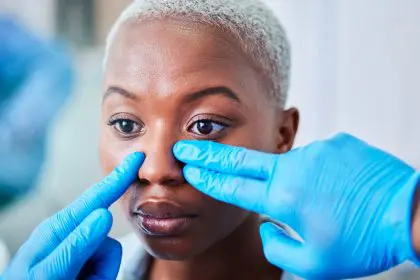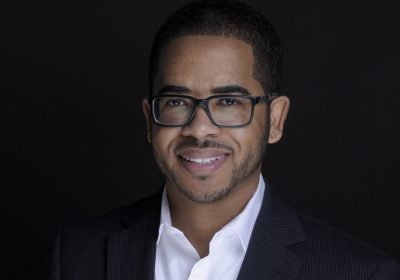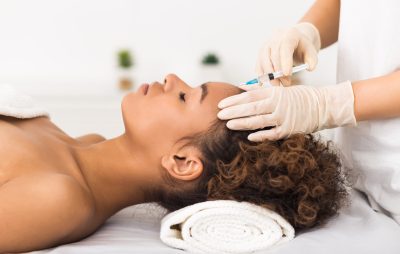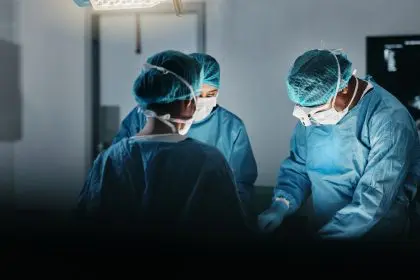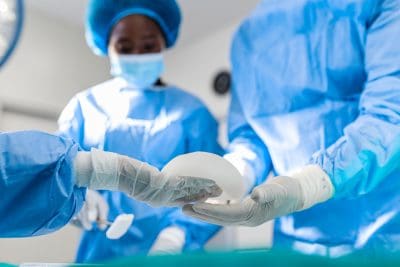The decision to undergo nasal reconstruction surgery impacts both physical appearance and respiratory function. Medical experts emphasize that successful outcomes depend on thorough preparation, realistic expectations and careful selection of qualified medical professionals. The complexity of this procedure extends beyond simple cosmetic changes, requiring deep understanding of facial architecture and breathing mechanics.
Rhinoplasty procedures vary significantly based on individual facial structure, breathing requirements and aesthetic goals. Facial plastic surgeons note that factors such as skin thickness, cartilage strength and overall facial proportion influence surgical approaches and potential outcomes. These individual variations make each procedure unique, requiring tailored surgical plans for optimal results.
Finding qualified surgical expertise
Medical credentials play a crucial role in surgical success. Board certification in plastic surgery or facial reconstructive surgery indicates specialized training and adherence to professional standards. Professional verification involves thorough review of surgical board certifications and active memberships in recognized medical organizations. Surgeons should maintain comprehensive portfolios of previous surgical outcomes, demonstrating consistent results across various facial types and surgical challenges.
Patient testimonials from independent medical review platforms provide valuable insights into both surgical outcomes and overall care quality. These reviews often highlight important aspects of the surgical experience, from initial consultation through post-operative care. Thorough pre-surgical consultations allow detailed discussion of technical approaches, expected outcomes and potential complications.
Medical considerations and preparation
Pre-surgical planning begins with comprehensive health assessment to determine surgical candidacy. Surgeons evaluate overall health status, reviewing medical history and current medications to identify potential risk factors. This evaluation often reveals necessary lifestyle modifications or medication adjustments needed for optimal surgical outcomes.
Physical preparation typically begins several weeks before surgery. Patients must discontinue blood-thinning medications and supplements that could increase surgical risks. Tobacco use significantly impairs healing, making cessation crucial for successful outcomes. Proper nutrition plays a vital role in recovery, with surgeons often recommending specific dietary guidelines to support healing.
Surgical approaches and techniques
Modern rhinoplasty encompasses various technical approaches, each suited to specific patient needs. The open technique, involving an external incision, provides surgeons maximum visibility for complex reconstructions. This approach allows precise modification of nasal structure but may require longer healing time for incision closure.
Closed procedures, performed through internal incisions, often appeal to patients concerned about visible scarring. While this technique limits direct visualization, experienced surgeons achieve excellent results in appropriate candidates. The choice between approaches depends on specific surgical goals and anatomical considerations.
Functional improvements address breathing difficulties caused by structural irregularities. These medically necessary procedures often receive insurance coverage, unlike purely cosmetic modifications. Many patients benefit from combined functional and aesthetic improvements, achieving both better breathing and enhanced appearance.
Non-surgical alternatives using injectable fillers provide temporary changes, allowing patients to preview potential results. While not permanent, these procedures help patients understand the impact of structural changes before committing to surgery. However, fillers cannot address functional concerns or major structural modifications.
Post-operative care and recovery
Recovery management significantly influences surgical success. Proper head elevation during sleep reduces swelling and promotes optimal healing. Patients receive detailed medication schedules, including antibiotics and pain management protocols. Physical activity restrictions protect healing tissues, with gradual return to normal activities over several weeks.
Initial swelling and bruising typically improve within the first month, though subtle changes continue for several months. Regular follow-up appointments allow surgeons to monitor healing progress and address any concerns. Most patients resume social activities within two to three weeks, though complete healing takes significantly longer.
Managing expectations and outcomes
Successful outcomes depend heavily on realistic goals and understanding natural limitations. Facial plastic surgeons emphasize that optimal results enhance natural features rather than creating dramatic changes. Individual anatomy determines feasible modifications, making some requested changes impractical or impossible.
Minor refinements often yield the most natural-looking results, maintaining facial harmony while improving specific concerns. Patients should expect gradual improvement as swelling subsides, with final results emerging over several months. This extended timeline requires patience and trust in the healing process.
Long-term considerations and maintenance
Post-surgical satisfaction correlates strongly with thorough pre-operative planning and realistic expectations. Successful outcomes require careful consideration of long-term changes in facial structure and aging patterns. Surgeons discuss maintenance requirements and potential future adjustments during initial consultations.
The emotional impact of facial modification extends beyond physical changes. While improved confidence often follows successful surgery, patients should prepare for an adjustment period as they adapt to their new appearance. Support from healthcare providers and family members proves invaluable during this transition.
Understanding both technical and personal aspects of rhinoplasty helps patients navigate the surgical process effectively. While the procedure can significantly enhance appearance and function, success depends on careful preparation, realistic expectations and adherence to medical guidance. Patients who approach the process with thorough information and professional support optimize their potential for satisfactory results.
This story was created using AI technology.



